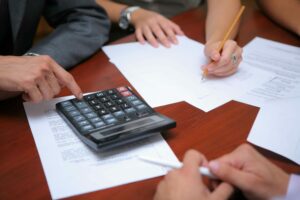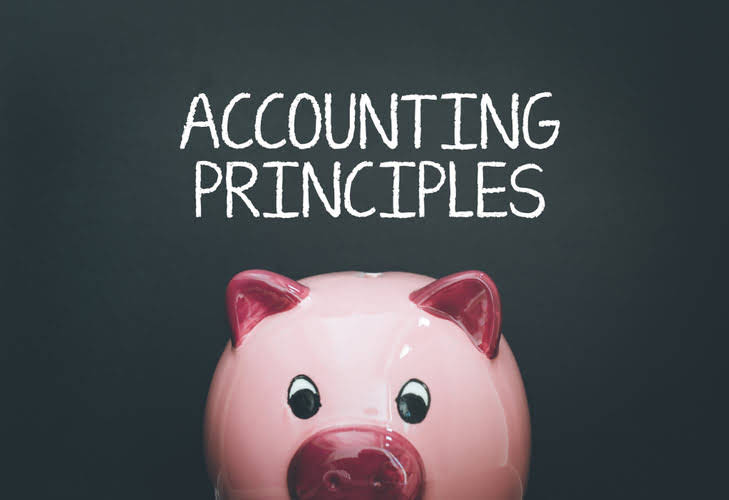Plant Assets What Are They, Examples, Accounting

The resources are sometimes owned by the company and sometimes borrowed by external parties. On the other hand, the borrowed money is the liability or obligation for the business entity. Depending on the industry and purpose of a company, a number of items might now qualify as plant assets. Like any category of assets, it’s critical to evaluate plant assets on a company-by-company basis. From there, companies within an industry can often be easily compared. Other methods are – Double Declining Balance Method, Insurance Policy Method, Unit Production Method, etc.
- The IAS 16 of the IFRS governs the rules regarding recognizing and recording the plant assets in the company’s financial statements.
- Needless to say, they’re an enormously important part of producing goods and/or services in an economically efficient manner.
- Naturally, the initial purchase of the plant asset would be an outflow of cash, any subsequent sales would be a cash inflow.
- They understand that good-looking and functional outdoor spaces often add value to real estate.
- Knowing when equipment will likely need replacement helps plan capital expenditures wisely; this ensures continuous operation without unexpected downtime or costs due to failed assets.
Buildings and Building Improvements
Plant assets are initially recorded at cost plus all expenditures necessary to buy and prepare the asset for its intended use. Based on the purpose of depreciation mentioned above, depreciation should only commence when the asset is ready for use and is at the location that it is intended to be used. Moving beyond software and donated equipment leads us into exploring how vital these resources are within everyday business activities. Companies also pour money into upgrades and fixes before these places can start operations. Each of these types is classified as a depreciable asset since its value to the company and capacity to generate income diminishes during the asset’s https://www.bookstime.com/ useful life. Land can be purchased by a start-up company for a single site, but a bigger company can possess several types of land that serve diverse functions for the company and its subsidiaries.
Current assets versus plant assets
However, we treat improvements to the land differently because they can wear out over time—like a new parking lot that needs repaving after years of use. The world of plant assets can seem like a maze, and without a little guidance, it’s easy to get lost. The depreciation expense in this method is calculated by subtracting the residual value of an asset from the cost and dividing the remainder by a number of years(useful life). The straight-line method’s illustration has been given in the above example. The straight-line method is the most commonly used method in most business entities. It is also called a fixed-installment method, as equal amounts of depreciation are charged every year over the useful life of an asset.

Popular Resources

Depreciation and amortization, or the process of expensing an item over a longer period of time than when it was acquired, are calculated on a straight-line basis. It’s determined by multiplying the difference between an asset’s purchase price and its projected salvage value by the number of years it’ll be in use. Making continual improvements and continuously reviewing the quality of assets is an important part of keeping a company healthy.

This can help provide accurate financial information if the market for plant assets is unusually volatile. Plant assets are different from other non-current assets due to tangibility and prolonged economic benefits. Let’s skim through the concept of depreciation for the plant assets. Depreciation is the periodic allocation of an asset’s value(cost) over its useful life.
- As they will be used for more than one accounting period, they are subject to depreciation.
- It helps portray a sense of confidence, respect and tone to your message..
- It’s determined by multiplying the difference between an asset’s purchase price and its projected salvage value by the number of years it’ll be in use.
- Plant assets are goods that are considered long-term assets because of their high price or worth, even if the assets depreciate.
- One of the CNC machines broke down and Tom purchases a new machine for $100,000.
- Now let’s consider how asset lifespan and revenue potential play into managing plant resources effectively..
- Plant assets are deprecated over their useful lives using the straight line or double declining depreciation methods.
- The article will be all about plant assets, their recognition, depreciation, and differentiation from other asset classes.
- In actual practice, it is not only difficult but impractical to identify how much of the plant assets have actually been used to produce business revenue.
- Equipment is also quite valuable and crucial to the operation of any organization.
- Depreciation and amortization, or the process of expensing an item over a longer period of time than when it was acquired, are calculated on a straight-line basis.
Keeping track of these assets helps businesses run smoothly and prevents loss or theft. Once they own the land, they might make it better with landscaping, parking lots, and sidewalks. Any land maintenance, improvement, renovations, or construction to increase building operations or revenue generation capacity are also recorded as part of the plant assets.
- The only exception is land, which does not have a limited useful life, so cannot be depreciated.
- The resources are sometimes owned by the company and sometimes borrowed by external parties.
- The name plant assets comes from the industrial revolution era where factories and plants were one of the most common businesses.
- As we continue to walk our way down the balance sheet, we come to noncurrent assets, the first and most significant of which is PP&E.
Plant Assets in Financial Statements
Besides, a part of the asset’s cost is charged to expenses account as a non-cash expense, depreciation. Plant assets are long-term fixed assets that are utilized to manufacture or sell a company’s products and services. These are physical assets that are expected to be financially useful to a company for more than a year. A plant asset can be defined as any asset that can be utilized to produce revenue for the company. Plant assets, also known as fixed assets, are any asset directly involved in revenue generation with a useful life greater than one year. Named during the industrial revolution, plant assets are no longer limited to factory or manufacturing equipment but also include any asset used in revenue production.
Main Elements of Financial Statements: Assets, Liabilities, Equity, Revenues, Expenses
These assets are significant for any business entity because they’re necessary for running operations. Besides, there is a heavy investment involved to acquire the plant assets for any business entity. The company’s top management regularly monitors the plant assets to assess any deviations, discrepancies, or control requirements to avoid misuse of the plant assets and increase the utility. Depreciation is the process by which a plant asset experiences wear and tear over a particular period of time. Depreciation expense — calculated in several different ways — is then carried through to the income https://www.facebook.com/BooksTimeInc/ statement and reduces net income.

Depreciation is a non-cash expenditure one characteristic of plant assets is that they are: that decreases the company’s net profits and is recorded on the income statement. A plant asset is any asset that can be utilized to produce revenue for your company. Plant assets are goods that are considered long-term assets because of their high price or worth, even if the assets depreciate. It’s crucial to recognize which of your assets are plant assets, regardless of their worth. The goods you can include in this category are usually useful assets that help your business well.
